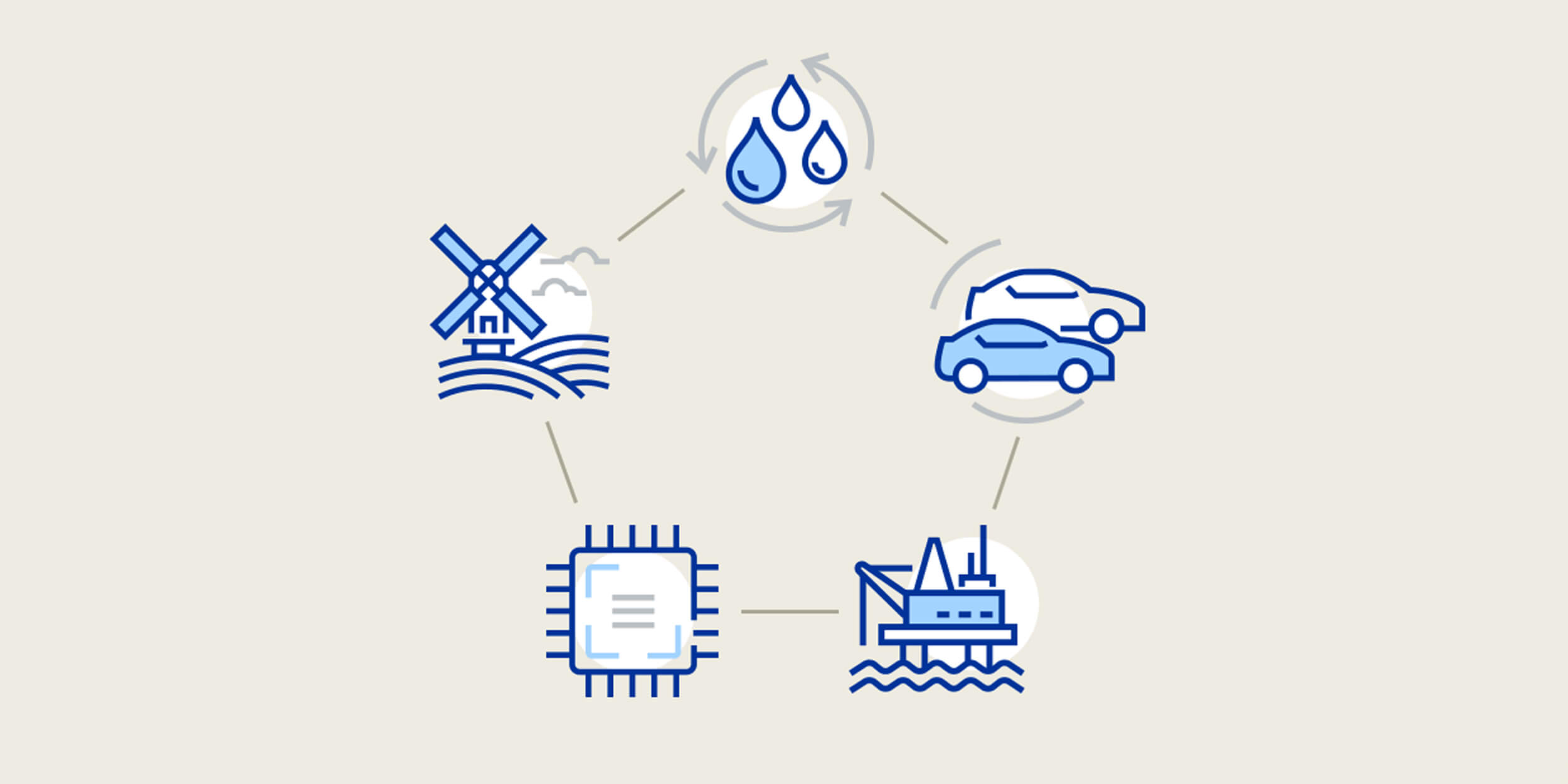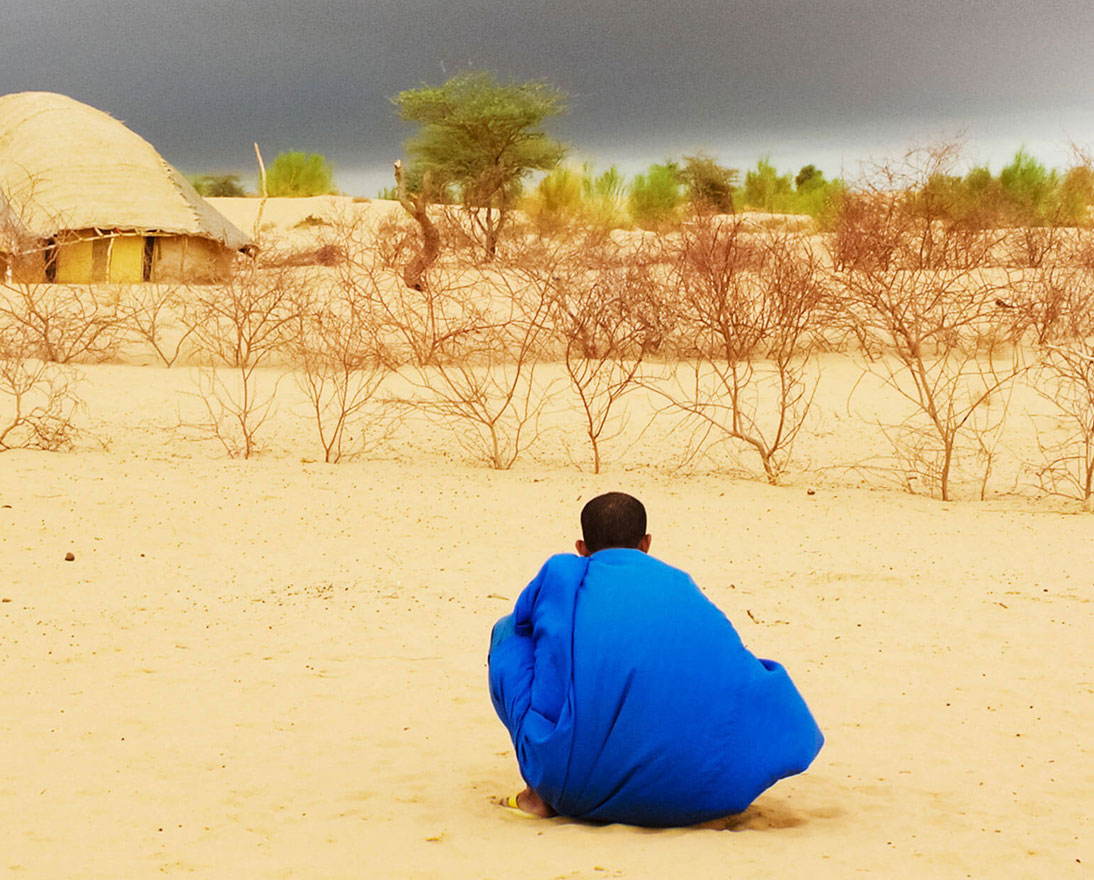Environmental risks: Global industry impact and business solutions
Climate resilienceInfographicMay 26, 2017
Discover how environmental risks from extreme weather to earthquakes impact global industry and what businesses can do to mitigate disruption.
From extreme weather to water scarcity, today’s environmental risks are interconnected, causing disruption not only at the source but throughout the business supply chain. When a natural disaster strikes a factory in one country, the ramifications are felt half way around the world.
Read on to discover how 5 pressing environmental risks are impacting 5 industries and what global businesses can do to adapt and mitigate future disruptions.
AGRICULTURE
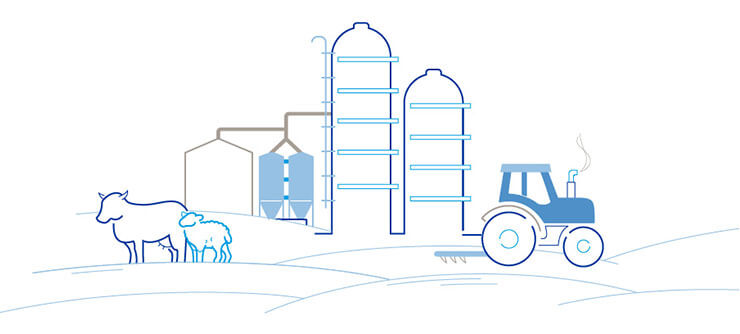
Extreme Weather
The greater frequency and intensity of extreme weather events such as El Nino and La Nina are impacting climate patterns and food production. During the winter of 2016/2017 heavy rainfall, snow and frost in Spain and Italy ruined crops. In Southern Spain, the region suffered its heaviest rainfall in 30 years. The area, which normally supplies 80% of Europe’s fresh produce could only supply 30%.
Impact on Business
As a result, the UK and Northern European supermarkets were hit by a shortage in a variety of vegetables grown in Southern Europe including iceberg lettuce, spinach and zucchinis.
Supermarkets and grocers had to ration customers and increase prices. In the UK, this led to a rise in inflation, with CPI coming in at 2.3% in February 2017 (Source: ONS, 2017). The price for a kilo of zucchinis were up 60% in January 2017 (Source: Spanish Government, 2017).
Mitigating Future Risk
Businesses need to have more than one supply chain and should consider using suppliers that are using innovative technologies that lower water use/run-off, creating more sustainable crops. Companies should also look at sourcing produce from local suppliers. In the US, conventionally produced foods travel around 1,500 miles from farm to plate, causing 5 to 17 times more CO2 than local and regionally produced foods (Source: Columbia University/Rich Pirog, 2012).
ENERGY
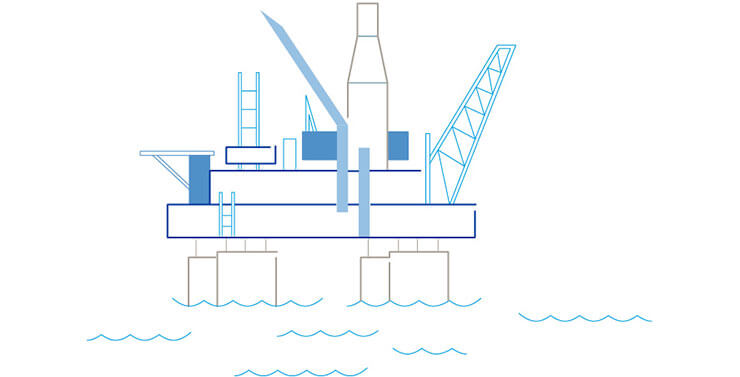
Hurricanes
The power of Hurricanes can wreak havoc on the energy sector, damaging off-shore platforms and pipelines. Energy companies based in the Gulf of Mexico are particularly vulnerable. In 2012, 78% of oil production was shut and 45% of offshore gas stopped due to Hurricane Isaac (Source: Reuters/Financial Post, 2012). Hurricanes Katrina and Rita in 2005 damaged more than 100 platforms and 558 pipelines (Source: EPA.gov, 2005). The shut-down in production saw the price of crude futures hit $70.85, the highest level in 20 years.
Impact on Business
In 2005, Hurricane Katrina saw 93% of production halted in the Gulf of Mexico and between all oil majors the storm caused a loss of more than 8% of yearly oil production and 6% of gas production (Source: FT/US government figures, 2005). The knock-on effect was felt in the UK, where fuel prices reached the £1.00 mark for the first time.
Mitigating Future Risk
New technologies such as hurricane evacuation remote operation (HERO), allow a platform to keep producing crude once the crew has been safely evacuated (Source: Offshore Technology, 2007). Oil majors have also taken another strategy, building gigantic platforms that can withstand hurricanes such as BP’s Thunder Horse.
TECHNOLOGY
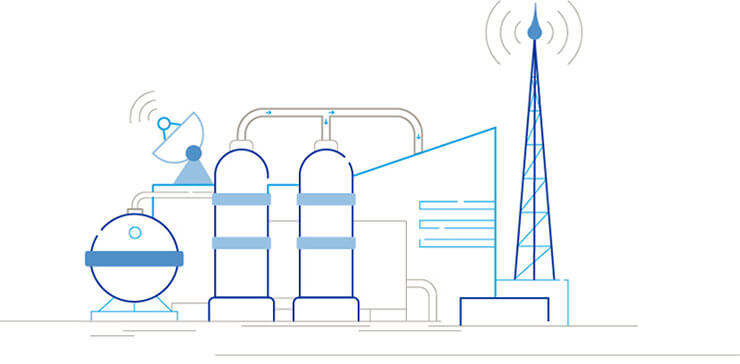
Floods
Floods have the ability to destroy communities and economies. The 2011 Thailand floods led to an economic loss estimated at $45.7 billion (Source: World Bank, 2011) and reduced global industrial production by 2.5% (Source: OECD, 2016 (3.45 MB/PDF)). The floods impacted Thailand’s tech sector. The country is the world’s second largest producer of hard drives with 45% of the market share. The stoppage in production caused a global shortage.
Impact on Business
Global tech giants Apple and Dell were impacted by the hard drive shortage while Intel cut its Q4 revenue forecast by 7%. The lack of hard disk drives increased the price by 80% to 190% (Source: International Journal of Disaster Risk Reduction, 2014 (3.19 MB/PDF).
Mitigating Future Risk
Tech companies need to start increasing inventory, adding capacity at different locations and have multiple suppliers. When choosing suppliers, companies need to incorporate global climate pattern modelling and seasonal forecasting to assess if a supplier’s location is in a flood prone area. Also crucial is for this information to be shared between public, private and government agencies. 82% of companies with effective Business Continuity Management in place say that their programs have demonstrably mitigated the impact of disruptive events (Source: DHL/Business Continuity Institute, 2015).
BEVERAGE INDUSTRY

Water Crisis
Water scarcity affects every continent. It is projected that by 2030 global demand for water will be 40% greater than the supply available (Source: WEF/Water Resources Group, 2012 (4.31 MB/PDF)). Water is a finite source that industries such as the drinks sector rely on. It takes at least 170 liters of water to produce half a liter of soda and 30 litres of water to produce 1 litre of beer.
Impact on Business
One of the world’s largest drinks makers experienced water shortages at two of its facilities in Ghana from 2008 to 2013. This shortage directly impacted the company’s ability to produce and ship product with an estimated £2 million loss in sales (Source: CDP, 2013).
Mitigating Future Risk
Companies need to reduce the volume of water required and waste discharged through operational efficiency and recycling (Source: Lloyds, 2010 (2.96 MB/PDF)). Businesses also need to conduct robust water risk analysis, address watershed-level risks and tackle water risks in the agriculture supply chain (Source: Ceres, 2015).
AUTOS
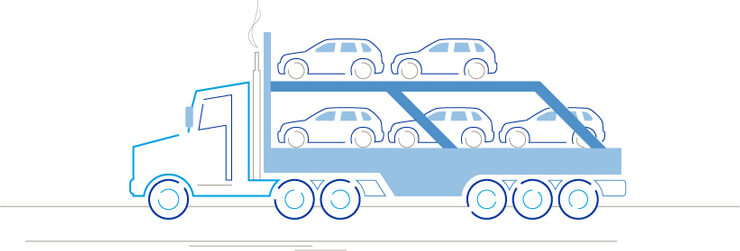
Earthquakes
Two earthquakes struck Japan in succession in 2016. As a result, Toyota shut over 20 assembly lines and Honda had to close production as well due to shortage of parts and damage to factories (Source: Gartner, 2016). For Toyota, its domestic production accounted for around 40% of its global output.
Impact on Business
The Earthquake in Japan impacted North America’s auto industry with GM closing 4 of its factories in the US and Canada for two weeks due to parts shortages. (Source: Car and Driver, 2016). For Toyota, operating profit was predicted to have been reduced by $277 million in Q2 2016 (Source: Bloomberg, 2016).
Mitigating Future Risk
Companies can analyze their supply chain using an equation created by David Simchi-Levi of MIT, William Schmidt of Cornell University and Yehua Wei of Duke University. The equation looks at the impact of potential failures at points along the supply chain by using the metrics ‘Time to Survive’ and ‘Time to Recovery’. Ford monitors its risk exposure by using this technology which has allowed it to work with suppliers on mitigation strategies and create a stronger supply chain (Source: HBR, 2015).
